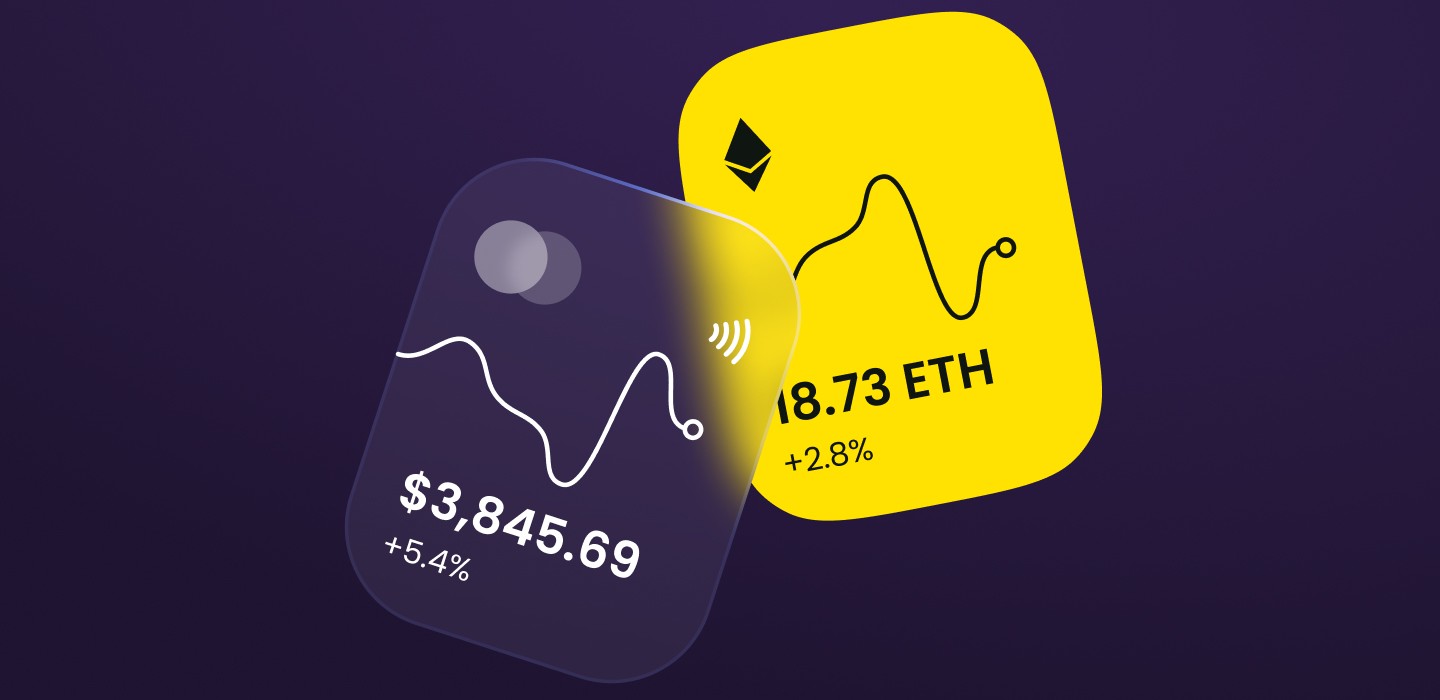Launch your SaaS site in minutes.
Enhanced Security Through Decentralization
As the world becomes increasingly digital, the demand for secure, transparent, and efficient payment systems continues to grow. Blockchain technology, once primarily associated with cryptocurrencies like Bitcoin, is now emerging as a game-changer in the financial sector. By offering a decentralized and tamper-proof system, blockchain is revolutionizing secure payments across various industries. In this article, we’ll explore how blockchain technology is transforming the way we handle transactions and why it’s becoming a critical component of modern financial systems.
One of the most significant advantages of blockchain technology is its decentralized nature. Traditional payment systems rely on centralized entities, such as banks or payment processors, to verify and process transactions. This centralization creates a single point of failure, making these systems vulnerable to hacking, fraud, and data breaches.
In contrast, blockchain operates on a decentralized network of nodes, each of which holds a copy of the entire transaction history. Transactions are verified through a consensus mechanism, ensuring that no single entity controls the network. This decentralization makes blockchain highly resistant to tampering, fraud, and cyberattacks, providing an unparalleled level of security for payments.
Transparency and Immutability
Blockchain’s transparency and immutability are key factors that contribute to its security. Every transaction on a blockchain is recorded in a public ledger, visible to all participants in the network. Once a transaction is added to the blockchain, it cannot be altered or deleted. This immutability ensures that transaction records are accurate, permanent, and traceable.
For businesses and consumers, this level of transparency builds trust and accountability. It allows all parties to verify the authenticity of transactions without the need for intermediaries, reducing the risk of disputes and fraud. In industries like supply chain management and cross-border payments, where transparency is crucial, blockchain offers a secure and efficient solution.
Traditional payment systems often involve multiple intermediaries, each taking a cut of the transaction and adding to the overall cost and time required to process payments. Blockchain streamlines this process by eliminating the need for intermediaries. Transactions are executed directly between parties on the network, reducing costs and increasing efficiency.
Additionally, blockchain enables faster transaction processing, particularly for cross-border payments. Traditional international transfers can take several days to settle and often incur high fees. Blockchain technology, on the other hand, allows for near-instantaneous transactions with minimal fees, making it an attractive option for businesses and consumers alike.

Transparency and Immutability
Blockchain’s transparency and immutability are key factors that contribute to its security. Every transaction on a blockchain is recorded in a public ledger, visible to all participants in the network. Once a transaction is added to the blockchain, it cannot be altered or deleted. This immutability ensures that transaction records are accurate, permanent, and traceable.
For businesses and consumers, this level of transparency builds trust and accountability. It allows all parties to verify the authenticity of transactions without the need for intermediaries, reducing the risk of disputes and fraud. In industries like supply chain management and cross-border payments, where transparency is crucial, blockchain offers a secure and efficient solution.
